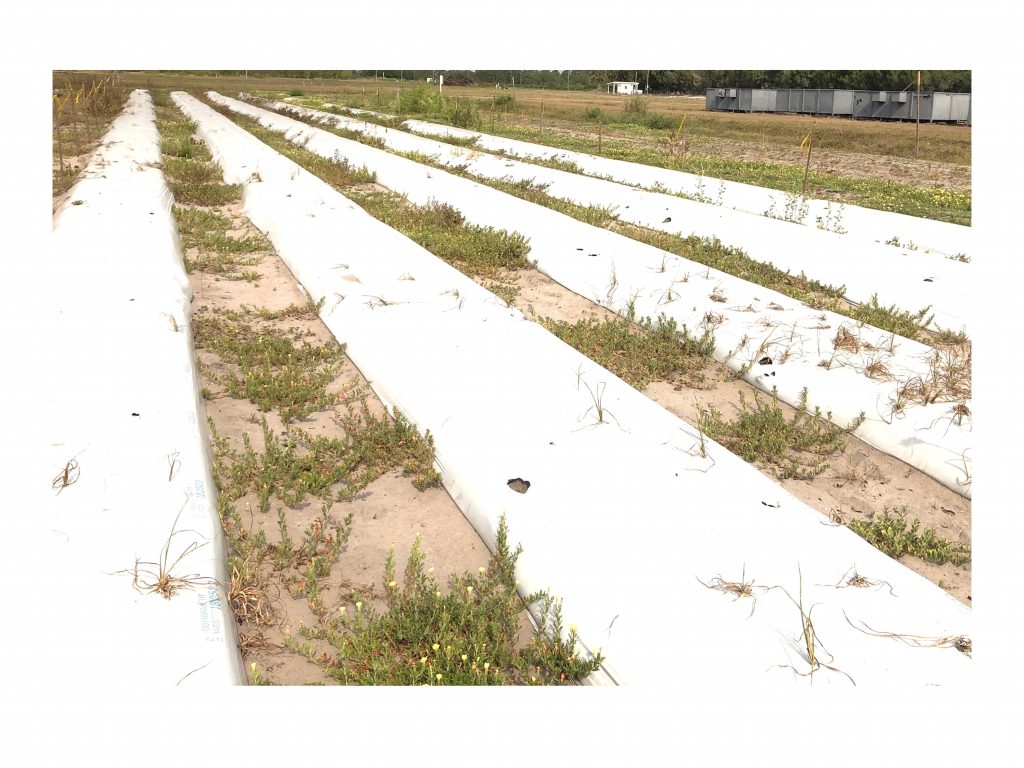
By Clint Thompson
A key to vegetable producers’ success this fall starts before they even plant their crops.
Forming the perfect bed in vegetable crop systems helps growers facilitate the movement of fumigants to control nematodes and weeds, as well the movement of water and fertilizer through the drip system.
University of Georgia Cooperative Extension weed scientist Stanley Culpepper stresses the importance of uniformity in bed formation.
“What you really want to do when you think about laying plastic, you think about moisture, you think about fertilizer, you think about the fumigant, and you think about long-term stability of the bed and the plastic depending on how many crops you’re going to grow. When you think about fumigants, I think about even movement of that fumigant through that bed. Depending on which fumigants I’m going to inject, I’m going to inject fumigants either 4, 18 or 12 to 16 inches deep. As they’re rising through that bed, I need uniformity,” Culpepper said.
“I don’t want clods, I don’t want dry and wet spots, I want uniformity at field capacity. Because if it’s too dry, the fumigant just passes right on through and doesn’t control the pest. If it’s too wet, the fumigant doesn’t pass through, and it doesn’t control the pest. You need ideal soil moisture that allows that fumigant to methodically move through that bed.”
Certain fumigants do not respond well to heavy soil moisture, however. Producers are reminded not to use Telone when the soil is too wet. It is very difficult to get Telone out of a saturated soil.
How to Know if Perfect Bed?
How do farmers know if they have formed the perfect bed? Culpepper said in general a 150-pound individual needs to sink their foot one-half to one inch deep.
“If you have a bed that’s not properly formed, how are you going to uniformly apply water and the water’s got the fertilizer in it? How are you going to uniformly move the fertilizer and the water across the bed if you have a bed that’s too soft?” Culpepper said.









